Archive for the ‘Fables’ Category
Stevenson’s Fables MS: change of mind over a name
The following post is contributed by Bill Gray, editor of the EdRLS volume including Stevenson’s Fables.
.
The name of the young man in ‘The Yellow Paint’
In Stevenson’s fable of the infinitely postponed benefits of the miraculous yellow paint, the young man on whose sad history the fable focuses has no name. However, in the BL MS he is named on four occasions, though each time the name is subsequently deleted. On two occasions (in paragraphs 2 and 3) the name looks definitely like ‘Ben Israel’:
On two earlier occasions (in paragraph 1) it could be ‘Ben Israel’, a second choice after what looks like ‘Brown’: Clearly RLS first thought of Brown, a common name suitable for an anecdote or fable, then in paragraph two (for some reason) decided to use Ben Israel and made necessary changes in the first paragraph. However, by the time he got to paragraph four he had decided on ‘the young man’ and went back to change the earlier references.Why ‘Ben Israel’?
‘Ben’ and ‘Israel’ are names RLS uses in Treasure Island; but the name ‘Ben Israel’ would be well-known to Stevenson as the name of the rabbi Nathan Ben Israel in ch. 35 of Walter Scott’s Ivanhoe (1820), as a rabbi in part VIII of Longfellow’s The Golden Legend (1851), and as a historical figure, seventeenth-century scholar and printer Menasseh Ben Israel in one or all of his roles as teacher of Spinoza, correspondent to Oliver Cromwell, and Biblical commentator.
The name has also been found (via Google Advance Book Search and archive.org) in various other works: a ‘Jewish Prince’ in seventeenth-century London in a play by Edward William Tullidge Ben Israel: Or, From Under the Curse (Salt Lake City, 1887); a rabbi in Jospeph Holt Ingraham’s The Prince of the House of David (New York, 1881); a rich philanthropist in Blanchard Jerrold’s The Christian Vagabond (London, 1873); even in a list of typical annoying charity projects in a humorous article in Jerrold’s Shilling Magazine for 1847 (p. 29): ‘righteous raffles, to raise sisterly aid for the Reverend Israel Ben Israel’.
It is curious that in all these cases we are dealing with a rabbi, a rich man or a prince. Can any reader explain this association of the name with such roles? Would then RLS’s original choice of name have had a mischievous aim of confusingly associating the feckless ‘young man’ with a name associated with dignity and learning? (As if, for example, he had been called David Hume…) How would this have changed the fable?
Bill Gray
Identifying an architectural logo
Can any reader of this blog help identify the building represented in the following embossed symbol on a sheet of paper used by RLS:
The paper was used for pencil draft versions of five short fables, including ‘The Carthorse and the Saddle Horse’ which we can date to after November 1890 when the horses referred to arrived at Vailima. The embossed ‘logo’ is in the top left-hand corner of the unlined paper, which from the photographic image (the measurements have not yet been taken) appears to be foolscap, not writing paper—so working paper from an office rather than letter paper from a hotel or club. The architecture (the slim dome on a drum, the suggestion of a portico and the symmetrical side buildings with gabled roofs) also suggests an institutional building.
Does any reader of this blog recognise the form from their knowledge of Victorian architecture (perhaps now destroyed) of Sydney, or Honolulu (but were there any domed buildings there?) or perhaps even San Francisco? Or has any researcher come across paper with the same embossed symbol?
Fables MS – still searching for clues
The British Library MS of the Fables consists of 49 sheets on five different types of paper. Thanks to the wonderful help with the last blog posting, we can now say that paper type 1 (34-line foolscap, 320 mm high) was probably used in late 1887 or early 1888 to write or copy the table of contents and seven fables (The Persons of the Tale, The Sinking Ship, The Two Matches, The Sickman and the Fireman, The Reader, The Distinguished Stranger, and Faith, Half-Faith and No Faith at All).
This was doubtless all in preparation of presenting a proposal for publication that led to the signing of a contract with Longman on 31 May 1888.
The back of this paper type-1 was not only used for a list of musical scores to buy, but also (the back of the table of contents) for a piece of blank verse, a narrative apparently with a woodland medieval setting. Can any of our readers decypher the uncertain readings, or suggest some project on which Stevenson may have been working in 1887-88 of which this may have been part. What could be the name of the man ‘filled with the desire of fame’?
He ^Who^ was the cattle keeper to the king
And widely entrusted with the pasture{? postern?} fields.
She weathered{? wreathed} his antlers with{?}
And combed{?} the deer and in spring water washed
He bore the hand
Walked free {?pure} in ^the^ wood and at the accustomed bourne{?}
Turned, and though late at night, himself came{? cam?} home—
Him{?} wandering{?} far, the coming{?} of the dogs
Began to press, when by a xxxx{?} fortunate chance,
Julers{? Julien? but no dot for ‘i’ and last letter is ‘s’} then, filled with the desire of fame
then to the ham{?} bow set the slender dart;
Nor was the
Manuscripts: fascination and frustrations
Reading a manuscript you can feel a direct contact across many years: as when I unfolded a seventeenth-century letter and found before me, on my modern notepad, the grains of fine sand used to dry the ink by the writer, long dead, all those years before. The emphases, second thoughts and whimsical decorative strokes all give you some elusive sight, not only of the creative process, but also of the mood and feelings of the writer. And then a manuscript has an infinite amount of information—most of which you cannot unlock. Hence the frustration.
Take, for example, the British Library MS of the Fables, which Bill Gray is working on: a collection of five different types of paper, clearly written at different times. It would be great if we could establish dates for them. On the back of the leaf with ‘The Reader’, for example, there is what seems to be a list of piano music to buy:
Here is a transcript – any help in decyphering the names by those who know something about nineteenth-century music-publishing would be of interest:
Augener. 281. 1,,50 Chil scrap book{?}
8679. 1,,25
7608. 50
Peters. 983 2258. 75 . Jugend Al[b]um[1]
2118 50
1482 50 Grieg.[2]
2301 50 Schmann.{? }
Bartkops{?}
& thubil{?} . 376. 3,,
________
$9. 50. [5]
$8 [6]
Note (July 2013): this list happily chimed with the interests of John Russell, who (in addition to the initial reactions logged in the Comments here) then undertook much additional research and has masterfully presented the results on his Music of Robert Louis Stevenson site.
[1] Edition Peters 2301 further down the list is Robert Schumann, Album für die Jugend op. 68 / Kinderszenen op. 15 für Klavier.
[2] Grieg, Nordische Tänze und Volksweisen : für Pianoforte übertragen (Leipzig: C.F. Peters, Edition Peters 1482) — this was the key to interpreting the list!
[3] possibly Rob. Schuman’s Werke / Fur Pianoforte solo revidirt von Alfred Dorffel ; mit fingersatz versehen Richard Schmidt. – Leipzig : C.F.Peters, but no absolute confirmation yet that this is 1071 in the Peters catalogue.
[4] Could this be H. Hunter, US Composer mid 19th Century?
[5] miscalculation: with the deleted top line, the total is $9.
[6] calculated by deducting $1.50 from the previous total.
Colvin and the Edinburgh Edition
In the Beinecke Library (GEN MSS 664 box 51, B 7273) there is an interesting undated document signed by ‘H.D. Nash’ headed ‘Stevenson’s Fables’ with a blue-pencil note at the top ‘Opinion I’ initialled CN (though the second letter is smudged and it might not be ‘N’).
Nash had been shown the Fables and asked if they should be published. His first reaction, he says, would be to publish,
were it not for the information given me as to the severely (though no doubt properly) critical spirit in which the selection of his works for republication in a permanent form is being made.
He then goes on to appraise some of the fables (referring to them by Roman numeral) and ends
On the whole, though it might be too much to say these fables would “detract from his reputation”, I should be disposed myself to exclude it from a collection which is to contain only Stevenson’s best work.
The Fables were first published in 1896 in an edition with Dr Jekyll and Mr Hyde and they were included in vol 22 of the Edinburgh Edition published in 1897.
What is interesting about the letter are the comments about the intended ‘severely critical spirit’ of the selection of only Stevenson’s best work. It does seem at first sight to be correspondence concerning the Edinburgh Edition.
Does anyone know anything about H.D. Nash?
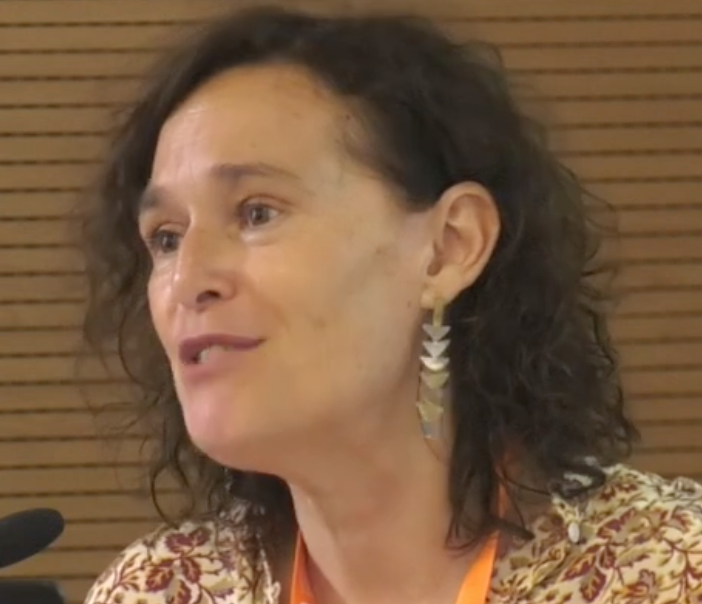
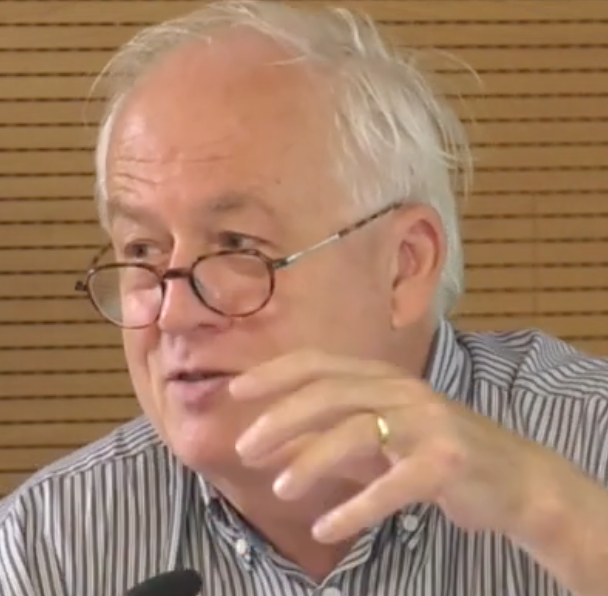
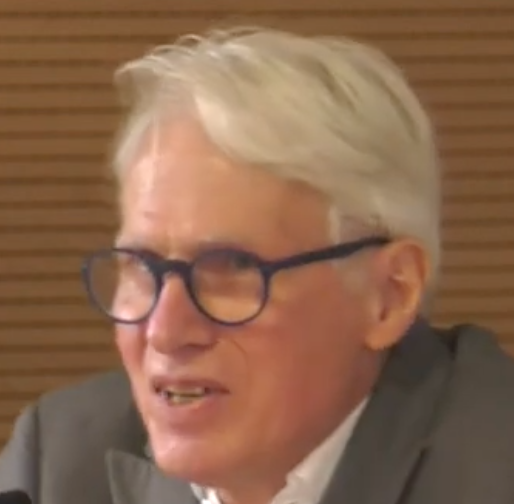

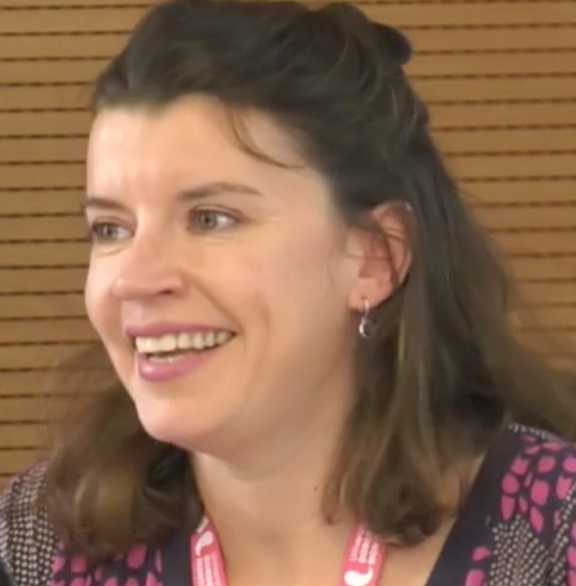





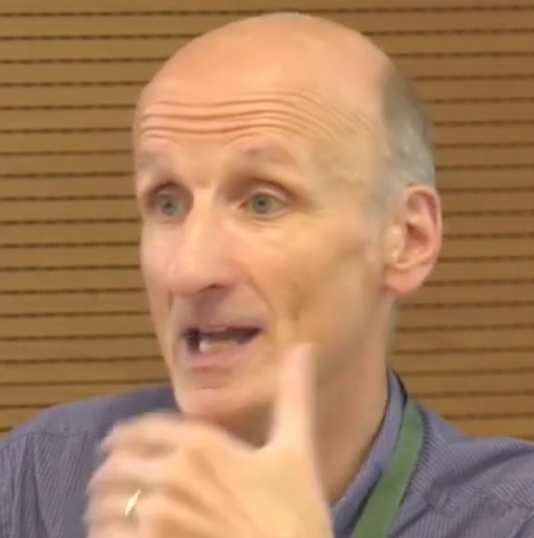


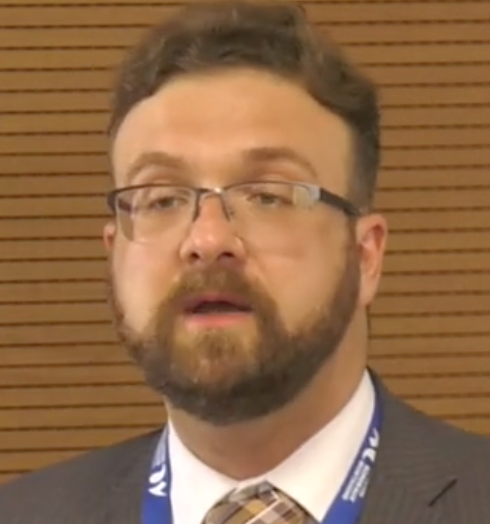


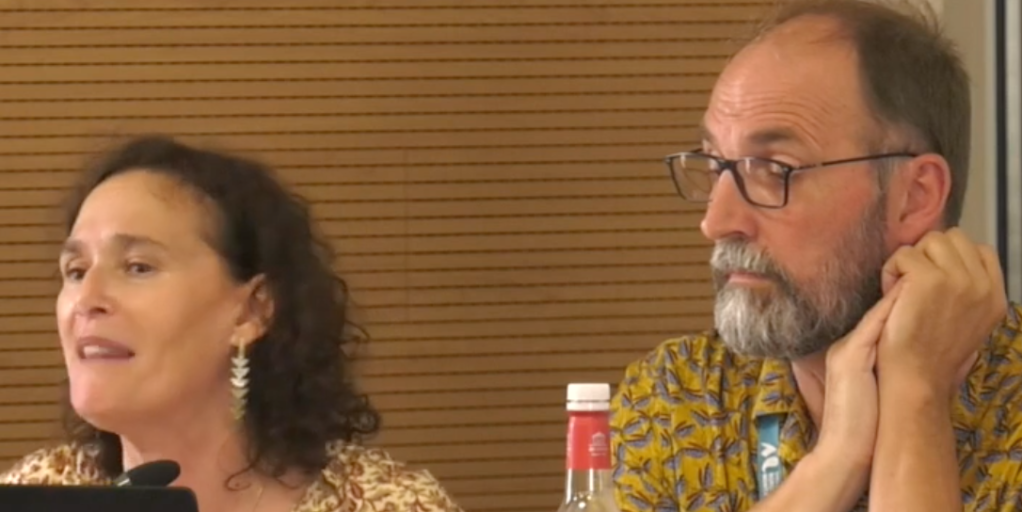



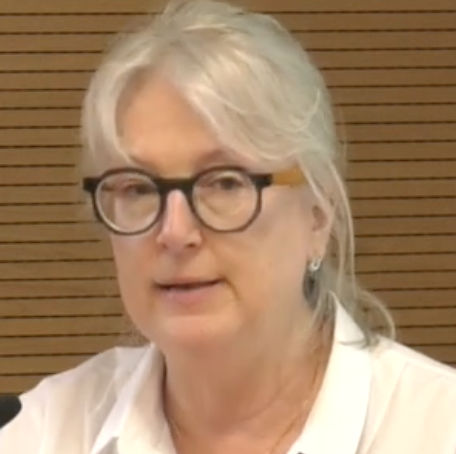



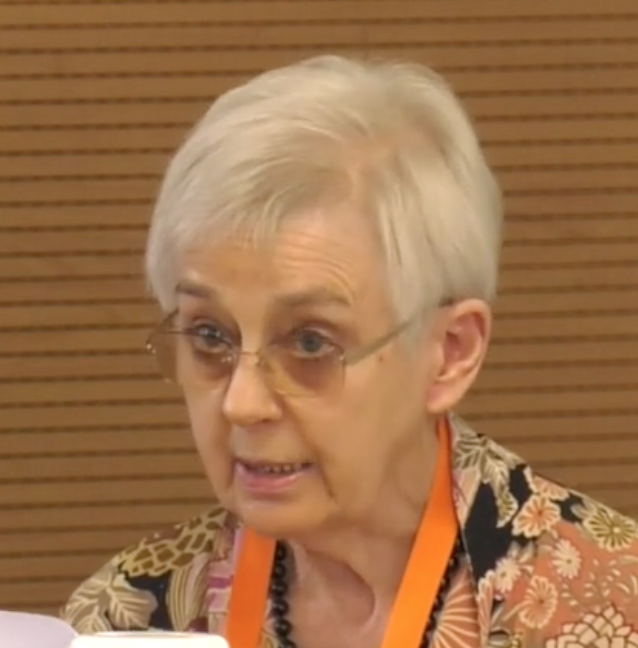
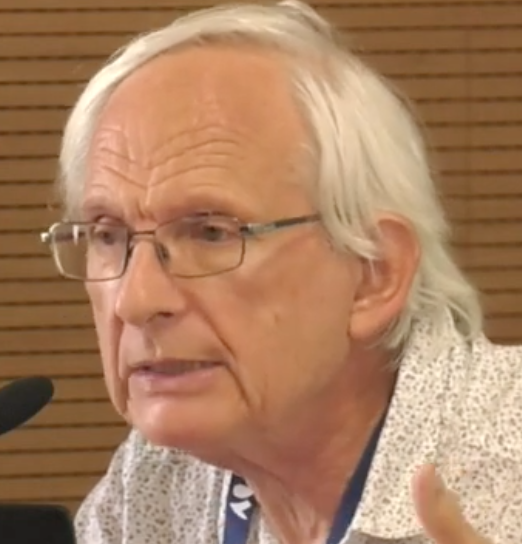




![shook [d]Brown[/d] [i][d]Benisrael{?}[/d] the other to the [/i]](https://edrls.files.wordpress.com/2013/05/screen-shot-2013-05-03-at-06-54-46.png?w=300)



